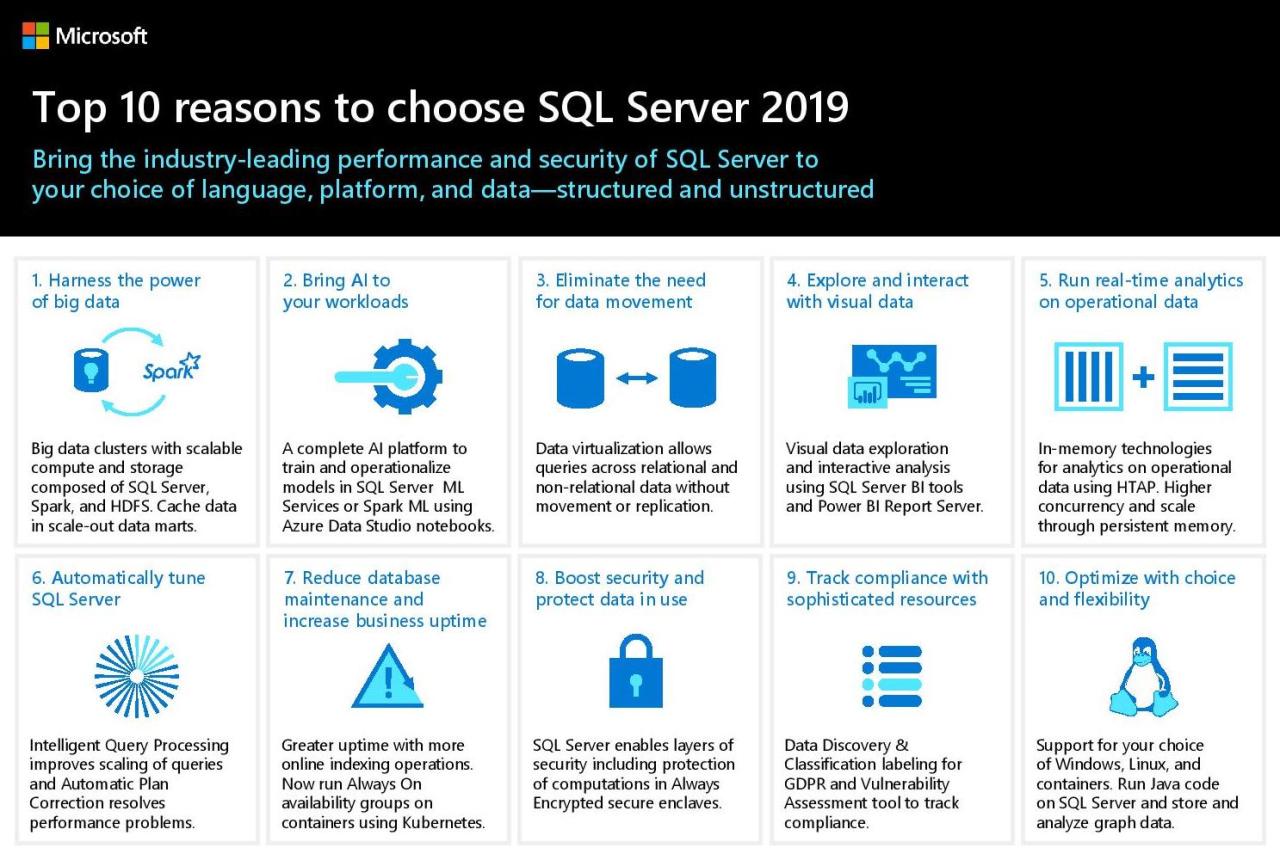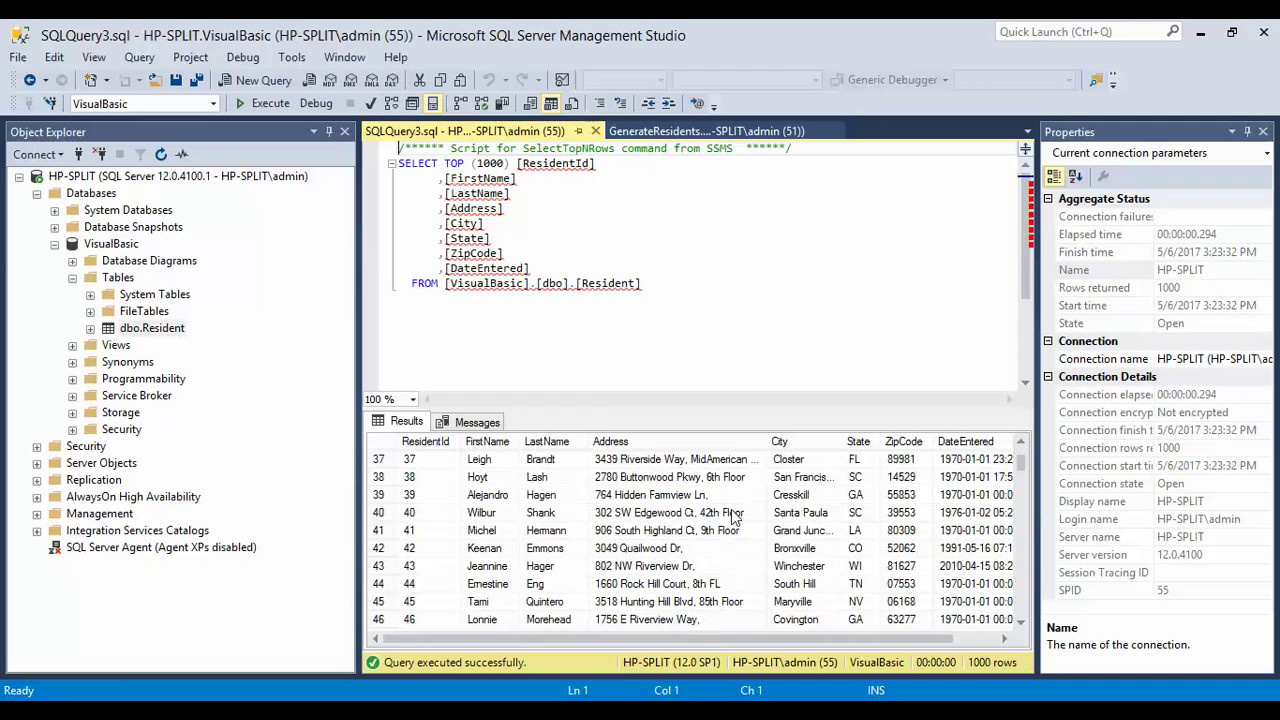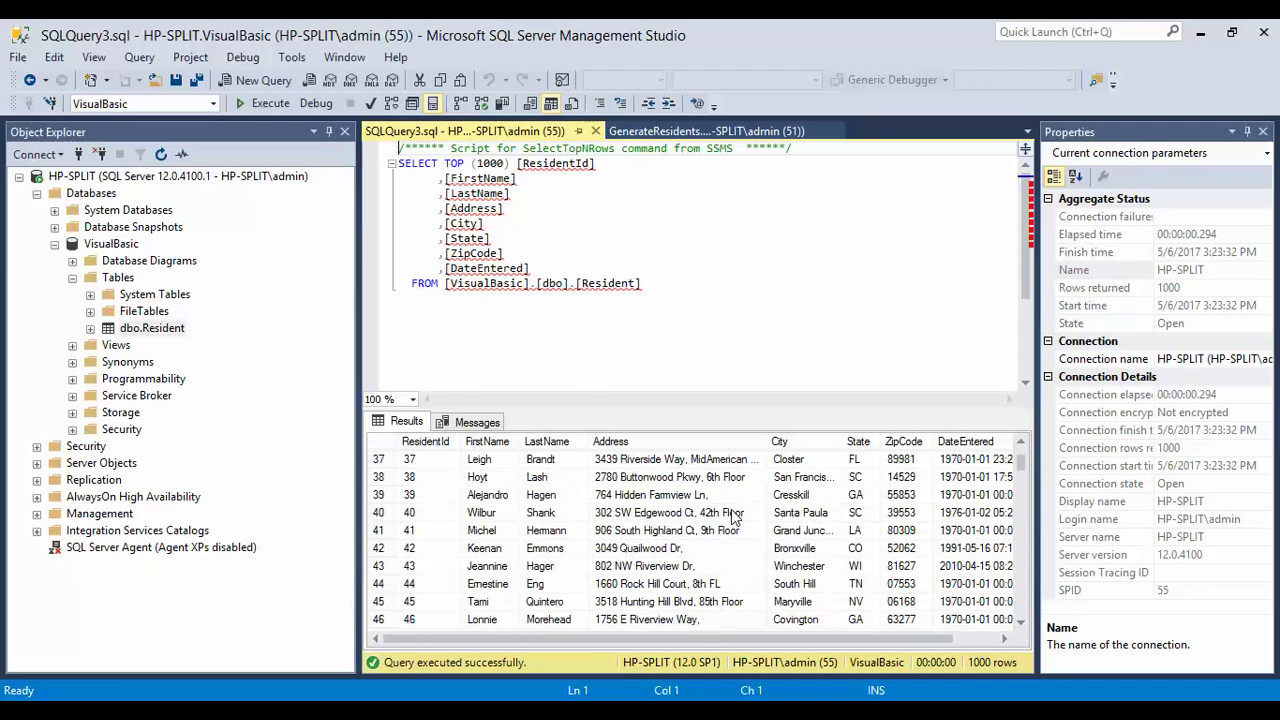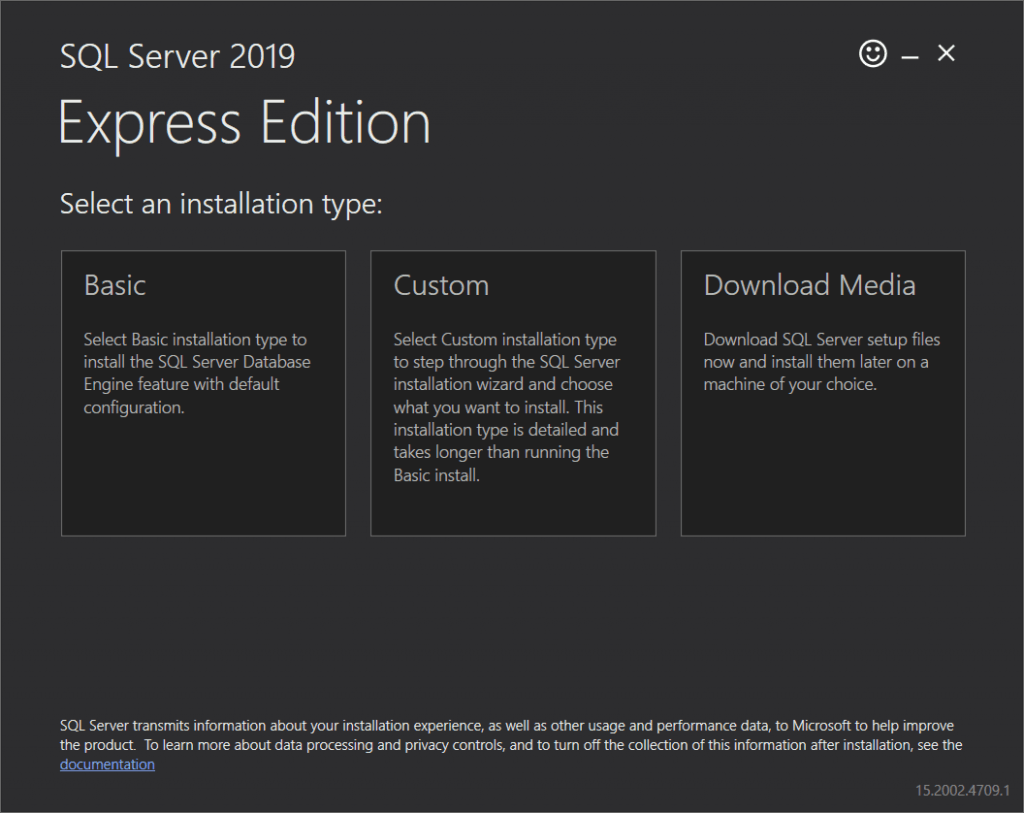Oracle Server, a robust and widely-used database management system, empowers organizations to manage and analyze vast amounts of data effectively. Its comprehensive features, ranging from data storage and retrieval to security and performance optimization, make it a cornerstone of many critical applications.
From its humble beginnings to its current state-of-the-art capabilities, Oracle Server has evolved to meet the ever-changing demands of the digital world. Its architecture, built upon a foundation of instances and databases, allows for flexible deployment and scalability, making it suitable for a wide range of scenarios, from small-scale projects to enterprise-grade systems.
Architecture and Components
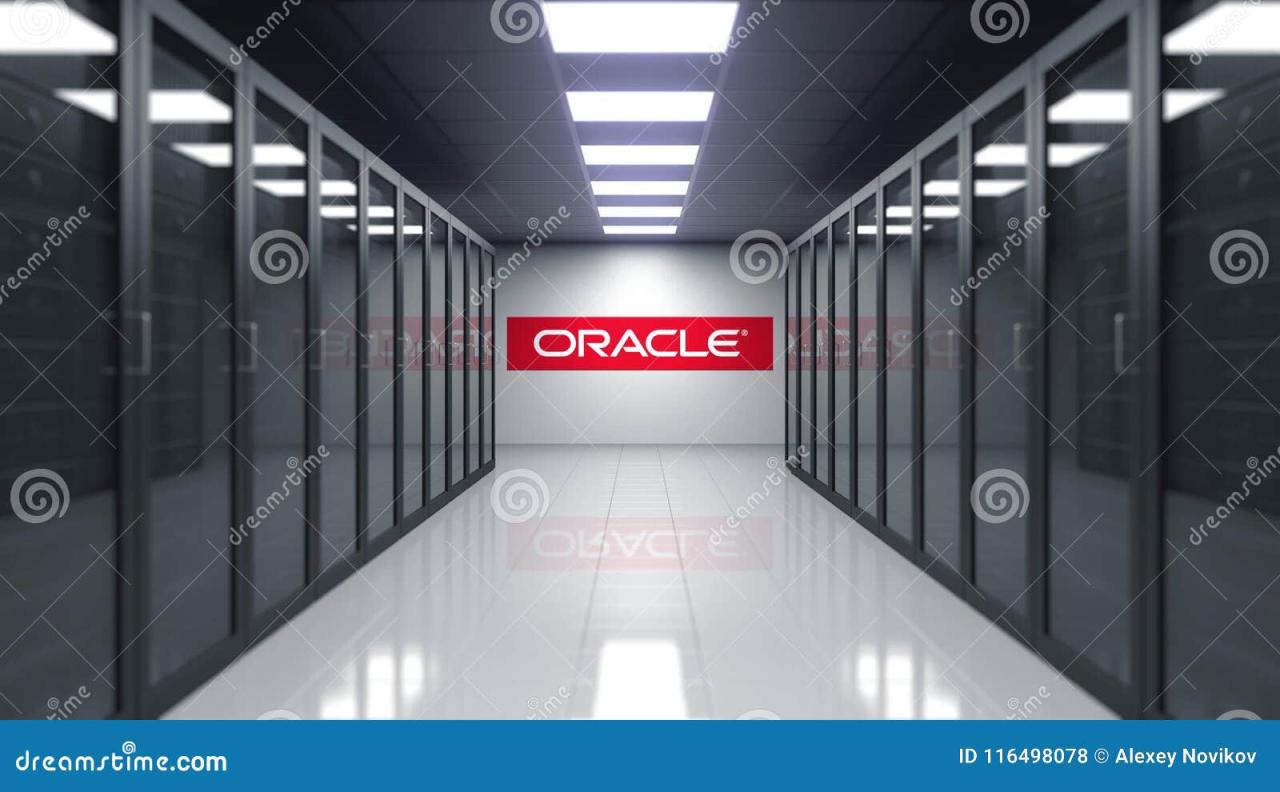
The Oracle Server architecture is designed to handle complex database operations efficiently and securely. It consists of two primary components: the Oracle Instance and the Oracle Database. The Oracle Instance is the software component that interacts with the operating system, manages memory and resources, and executes database commands. The Oracle Database is the collection of data and metadata stored on disk.
Instance
The Oracle Instance is a set of processes and memory structures that allow the Oracle Server to access and manipulate the database.
- System Global Area (SGA): The SGA is a shared memory area that contains various data structures used by the Oracle Instance, such as the database buffer cache, the shared SQL area, and the redo log buffer.
- Program Global Area (PGA): The PGA is a private memory area allocated to each user process that connects to the database. It stores session-specific information, such as SQL statements, execution plans, and data buffers.
- Background Processes: Oracle Server utilizes several background processes that perform essential tasks, such as database recovery, archiving, and memory management.
Processes, Oracle server
The Oracle Instance comprises various processes, each with a specific role in managing the database.
- Database Writer (DBWR): This process writes modified data blocks from the buffer cache to the data files on disk.
- Log Writer (LGWR): This process writes redo log entries from the redo log buffer to the redo log files. Redo logs are essential for database recovery.
- System Monitor (SMON): This process performs various system-level tasks, such as instance recovery, cleaning up unused temporary segments, and managing the shared pool.
- Process Monitor (PMON): This process monitors user processes and takes action if they encounter errors or terminate abnormally.
- Checkpoint Process (CKPT): This process writes the current state of the database to the data files and redo log files periodically, ensuring consistent recovery.
Database
The Oracle Database is the collection of data and metadata stored on disk. It consists of various components, including:
- Tablespaces: Tablespaces are logical storage units that group related data objects. They are made up of data files.
- Data Files: Data files are physical files that contain the actual data stored in the database.
- Control File: The control file contains essential metadata about the database, including the names and locations of data files, tablespaces, and redo log files.
- Redo Log Files: Redo log files store changes made to the database, enabling recovery in case of a system failure or crash.
Storage Structures
Oracle Server employs various storage structures to organize and manage data efficiently.
- Tablespaces: Tablespaces are logical storage units that group related data objects, such as tables, indexes, and views. Each tablespace is composed of one or more data files.
- Data Files: Data files are physical files that contain the actual data stored in the database. Each tablespace can have multiple data files.
- Segments: Segments are logical units within a tablespace that store data objects of a specific type, such as tables, indexes, or temporary segments.
- Extents: Extents are contiguous blocks of space within a segment, allocated to a specific data object.
- Blocks: Blocks are the smallest unit of storage in Oracle Server. Each block is a fixed-size chunk of data, typically 8 KB or 16 KB in size.
Security and Access Control

Oracle Server offers robust security features to safeguard sensitive data and control access to the database. These features ensure that only authorized users can access specific information, preventing unauthorized access and data breaches.
User Accounts, Roles, and Privileges
Oracle Server employs a hierarchical system for managing user access. This system comprises user accounts, roles, and privileges, allowing administrators to granularly control access to database objects.
- User Accounts: Each user in the Oracle Server environment has a unique account. This account is used for authentication, determining the user’s identity and granting access to specific resources. User accounts are typically created by database administrators and can be assigned specific roles and privileges.
- Roles: Roles are collections of privileges that define the actions a user can perform on database objects. For example, a role named ‘Sales’ could grant access to tables related to sales data but restrict access to other tables, such as financial data. By assigning roles to users, administrators can efficiently manage user permissions.
- Privileges: Privileges represent specific actions a user can perform on database objects. These actions can include reading, writing, updating, deleting, or executing specific commands. For instance, a user with the ‘SELECT’ privilege can retrieve data from a table, while a user with the ‘INSERT’ privilege can add new data to the table.
Authorization and Authentication
Oracle Server utilizes authorization and authentication mechanisms to ensure that only authorized users can access the database and its resources.
- Authentication: This process verifies the identity of a user attempting to access the database. Oracle Server supports various authentication methods, including username/password combinations, operating system authentication, and certificate-based authentication.
- Authorization: Once a user is authenticated, authorization determines which resources the user can access. This process checks if the user has the necessary privileges to perform specific actions on database objects. Authorization is typically enforced through the user’s assigned roles and privileges.
Implementing Security Measures
To protect sensitive data, administrators can implement various security measures within the Oracle Server environment.
- Data Encryption: Encrypting data at rest and in transit is crucial for safeguarding sensitive information. Oracle Server offers built-in encryption capabilities for data stored in tables, indexes, and other database objects.
- Access Control Lists (ACLs): ACLs provide fine-grained control over access to specific database objects. They allow administrators to define specific permissions for individual users or groups of users, granting or restricting access to specific tables, views, or other objects.
- Auditing: Oracle Server’s auditing feature tracks user actions and database events, providing a detailed log of activities. This audit trail can help identify unauthorized access attempts, security breaches, or data manipulation.
- Database Firewall: A database firewall acts as a barrier between the database server and the outside world, filtering incoming and outgoing network traffic. It can help prevent unauthorized access and malicious attacks targeting the database.
High Availability and Disaster Recovery
High availability and disaster recovery are crucial aspects of Oracle Server database management, ensuring continuous operation and data protection against unforeseen events. These strategies aim to minimize downtime, data loss, and disruption to business operations.
High Availability Techniques
High availability ensures that a database system remains operational even in the event of hardware or software failures. Several techniques are employed to achieve high availability:
- Clustering: Clustering involves creating a group of interconnected servers that work together to provide redundancy. In Oracle Server, Real Application Clusters (RAC) is a popular clustering technology. RAC allows multiple instances of the database to run on different nodes in a cluster, sharing data and resources. If one node fails, the other nodes can take over its workload, ensuring continuous operation.
- Replication: Replication creates copies of data on multiple servers, allowing for failover if one server becomes unavailable. Oracle provides various replication methods, including:
- Physical Standby Database: This method creates a physical copy of the primary database on a standby server. The standby database can take over as the primary if the primary database fails. This approach ensures data consistency and minimal downtime during failover.
- Logical Standby Database: This method replicates data changes from the primary database to the standby database as logical transactions. It provides data protection but may involve some data loss during failover. Logical standby databases are suitable for applications where data consistency is less critical than performance.
- Data Guard: Data Guard is a comprehensive high availability and disaster recovery solution that combines physical standby databases with advanced features like automatic failover and fast recovery. It offers high levels of data protection and minimizes downtime.
Disaster Recovery Strategies
Disaster recovery focuses on restoring business operations after a catastrophic event, such as a natural disaster or a major system failure. It involves creating a plan to recover data, applications, and infrastructure. Key elements of disaster recovery include:
- Backup and Recovery: Regular backups are essential for restoring data in case of loss. Oracle Server provides various backup and recovery tools, including RMAN (Recovery Manager). RMAN allows for comprehensive backups and recovery operations, ensuring data integrity and efficient restoration.
- Data Center Redundancy: Having multiple data centers in geographically diverse locations can provide protection against regional disasters. If one data center is affected, the other can take over operations, minimizing downtime and data loss.
- Disaster Recovery Site: A dedicated disaster recovery site can be used to restore operations quickly. This site can be a hot site, with fully operational systems ready to take over, or a cold site, which requires setup and configuration before it can be used.
- Business Continuity Planning: Business continuity planning Artikels the steps to be taken to ensure business operations continue during and after a disaster. This plan should include procedures for data recovery, system restoration, communication, and employee safety.
Real-World Use Cases: Oracle Server
Oracle Server is a powerful and versatile platform that is used in a wide range of industries and applications. Its robust features and scalability make it an ideal choice for businesses of all sizes, from small startups to large enterprises.
Here are some real-world examples of how Oracle Server is used in various industries:
Financial Services
Oracle Server is widely used in the financial services industry for its reliability, security, and performance. Banks, insurance companies, and investment firms rely on Oracle Server to manage their core banking systems, investment portfolios, and customer data.
Here are some examples of how Oracle Server is used in the financial services industry:
- Core Banking Systems: Oracle Server powers the core banking systems of many financial institutions, enabling them to process transactions, manage accounts, and provide customer services.
- Investment Management: Investment firms use Oracle Server to manage their investment portfolios, track market data, and analyze investment performance.
- Risk Management: Oracle Server is used for risk management systems that help financial institutions assess and mitigate risks associated with their operations.
Oracle Server offers several benefits for financial institutions, including:
- High Availability: Oracle Server provides high availability and fault tolerance, ensuring that critical financial systems remain operational even in the event of outages.
- Security: Oracle Server has robust security features that protect sensitive financial data from unauthorized access.
- Performance: Oracle Server can handle high volumes of transactions and data, meeting the performance demands of financial institutions.
However, there are also some challenges associated with using Oracle Server in the financial services industry:
- Complexity: Oracle Server can be complex to manage and maintain, requiring specialized skills and expertise.
- Cost: Oracle Server can be expensive to license and maintain, especially for large deployments.
Healthcare
Oracle Server is used in the healthcare industry to manage patient data, electronic health records (EHRs), and other critical healthcare information. Hospitals, clinics, and healthcare providers rely on Oracle Server to ensure the security and integrity of patient data.
Here are some examples of how Oracle Server is used in the healthcare industry:
- Electronic Health Records (EHRs): Oracle Server is used to store and manage electronic health records, providing a comprehensive view of patient health information.
- Patient Management Systems: Oracle Server powers patient management systems that help healthcare providers track patient appointments, manage medication, and provide patient care.
- Clinical Data Analytics: Oracle Server is used for clinical data analytics, enabling healthcare providers to identify trends, improve patient outcomes, and develop new treatments.
Oracle Server offers several benefits for healthcare providers, including:
- Data Security: Oracle Server provides robust security features to protect sensitive patient data from unauthorized access.
- Data Integrity: Oracle Server ensures the accuracy and completeness of patient data, reducing the risk of errors and improving patient safety.
- Scalability: Oracle Server can scale to meet the growing data storage and processing needs of healthcare organizations.
However, there are also some challenges associated with using Oracle Server in the healthcare industry:
- Data Privacy Regulations: Healthcare organizations must comply with strict data privacy regulations, such as HIPAA, when using Oracle Server to manage patient data.
- Integration with Legacy Systems: Healthcare organizations often have legacy systems that need to be integrated with Oracle Server, which can be a complex and time-consuming process.
E-commerce
Oracle Server is used in the e-commerce industry to power online stores, manage customer data, and process transactions. E-commerce businesses rely on Oracle Server to provide a secure and reliable platform for their online operations.
Here are some examples of how Oracle Server is used in the e-commerce industry:
- Online Store Platforms: Oracle Server powers online store platforms that enable businesses to sell products and services online.
- Customer Relationship Management (CRM): Oracle Server is used for CRM systems that help e-commerce businesses manage customer interactions, track sales, and provide customer support.
- Order Management Systems: Oracle Server powers order management systems that process orders, track inventory, and manage shipping and delivery.
Oracle Server offers several benefits for e-commerce businesses, including:
- Scalability: Oracle Server can scale to handle the high volumes of traffic and transactions associated with e-commerce businesses.
- Security: Oracle Server provides robust security features to protect customer data and financial transactions.
- Performance: Oracle Server can provide the performance needed to deliver a fast and responsive user experience.
However, there are also some challenges associated with using Oracle Server in the e-commerce industry:
- Competition: The e-commerce industry is highly competitive, and businesses need to ensure that their online platforms are reliable and secure to stay ahead of the competition.
- Changing Customer Expectations: Customer expectations are constantly changing, and e-commerce businesses need to adapt their platforms to meet these evolving needs.
Closing Summary
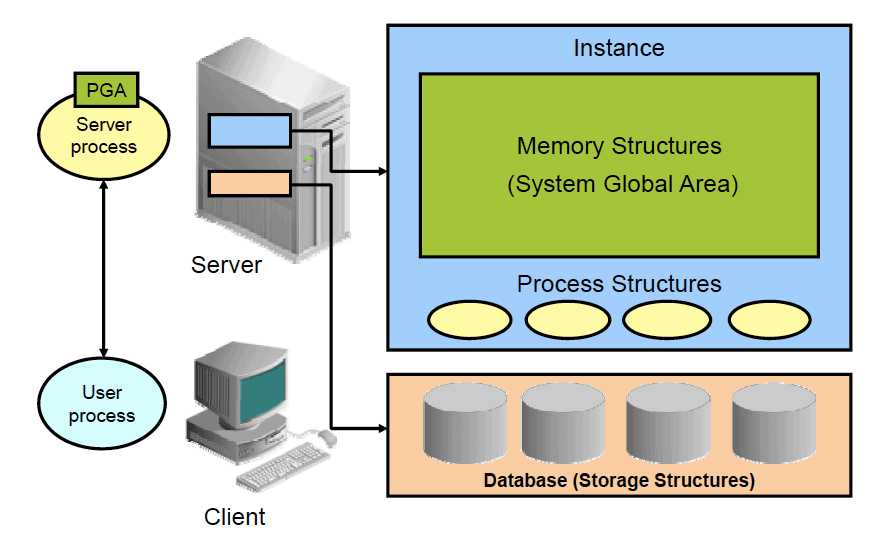
Understanding the intricacies of Oracle Server is crucial for anyone involved in database management, application development, or data-driven decision-making. Its powerful features, robust security measures, and advanced performance optimization tools offer unparalleled control and efficiency for handling data. By mastering the fundamentals of Oracle Server, you gain the ability to build reliable, scalable, and secure data-driven solutions that can drive business growth and innovation.

